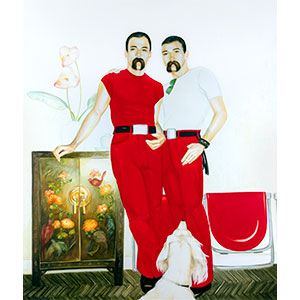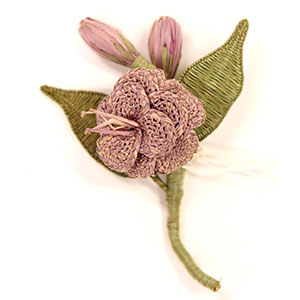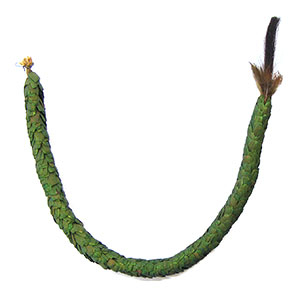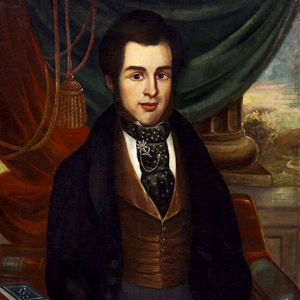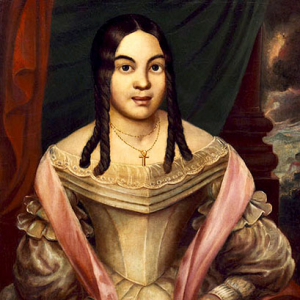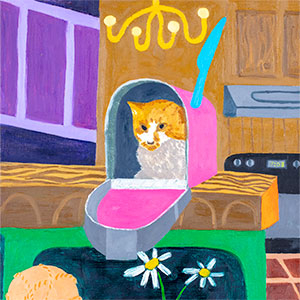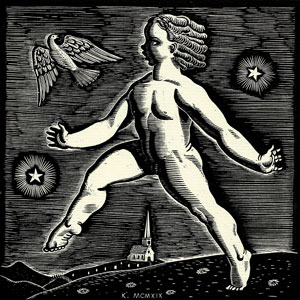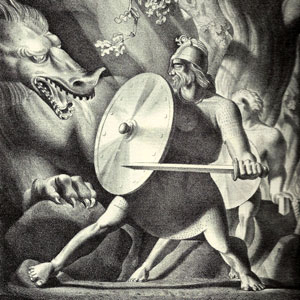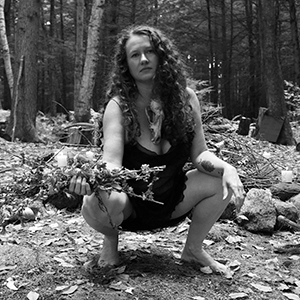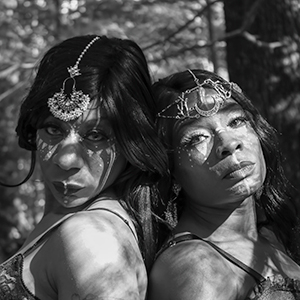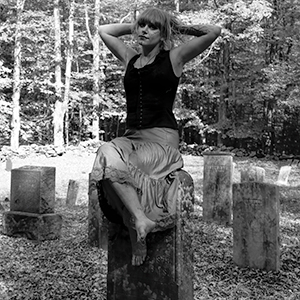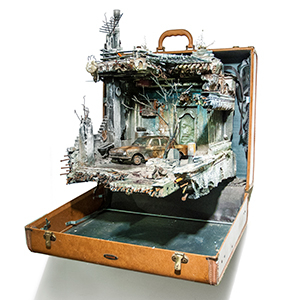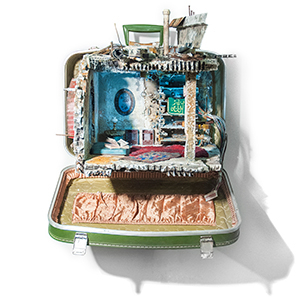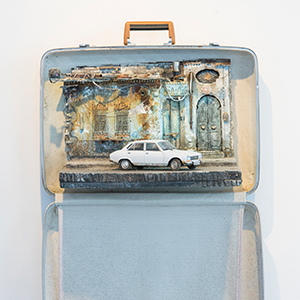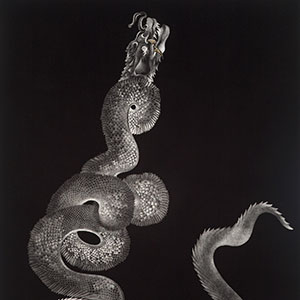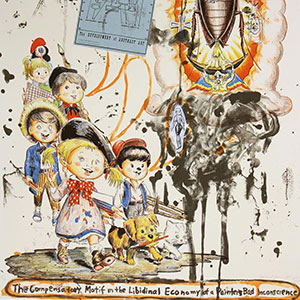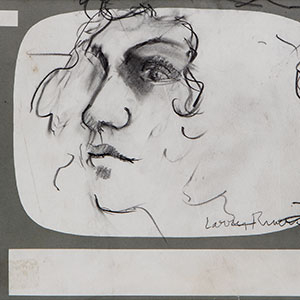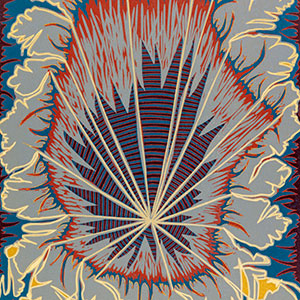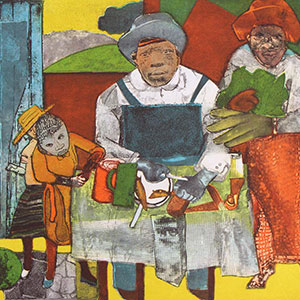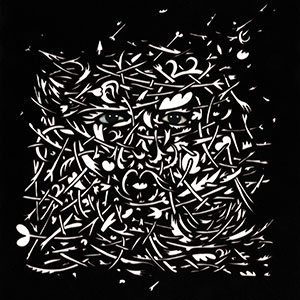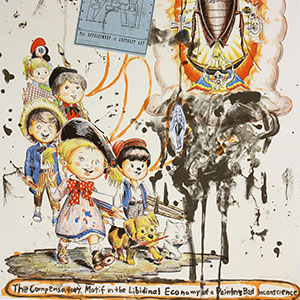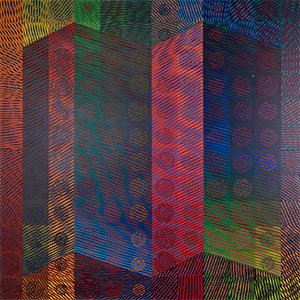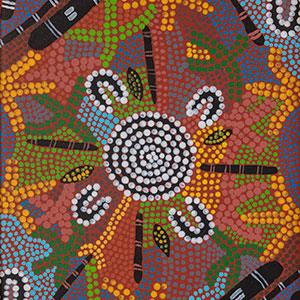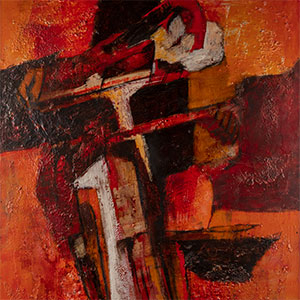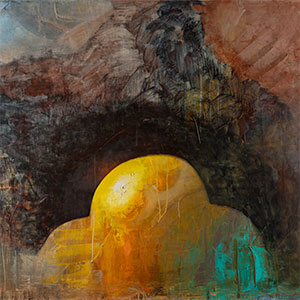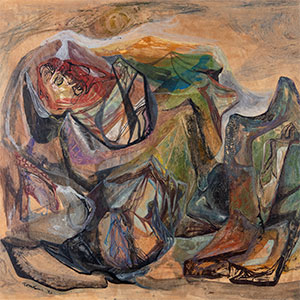February 7 – May 20, 2023
This exhibition explores the significance of text and context to the processes of making, interpreting, and displaying art. Bringing together art objects that prominently feature words, images, symbols, and gestural or abstract marks, Art/Text/Context: From Artistic Practice to Meaning Making considers the power of these artworks to prompt critical reflection and, in some cases, also to spur social action.
Art/Text/Context presents objects from the Fleming’s collection and on loan that span a variety of media and forms. The works include posters, textile art, prints, collages, clothing, and photographs, as well as a painting and a page from an herbal. In many of them, artists use text-based and culture- and context-specific strategies to communicate ideas in ways both visually evocative and thought provoking. In all the works, though, artists engage with topics that are relevant to our shared histories and present moment.
To bring these engagements with important topics into sharper focus, Art/Text/Context displays objects in a thematic arrangement. Groups and juxtapositions of artworks provide opportunities for visitors to explore thematic threads, such as social activism, gender and racial equality, environmental justice, and ways of knowing. At the same time, these constellations of objects invite visitors to reflect critically on the use of label text as a means of interpreting art within the museum context.
And Art/Text/Context responds to the UVM School of the Arts’ programming theme for the spring 2023 semester: Ars Poetica (art of poetry). Resonant with that theme, the Fleming’s exhibition provides a dynamic space for supporting cross-disciplinary inquiry into the relationship of art and figurative language.
In partnership with UVM’s School of the Arts, the Fleming Museum and other campus entities will participate in an engaging, two-day symposium—Friday-Saturday 3/31-4/1—celebrating Ars Poetica.
Events and programs are scheduled to include poetry readings, tours at the Fleming Museum and the Silver Special Collections Library, faculty panel discussions, Lane Series concerts, and more. Visit our events and programs page to learn more.
John Willis’ “A Reservation Response to the Presidential Campaign of 2004, Pine Ridge Reservation SD,” 2004
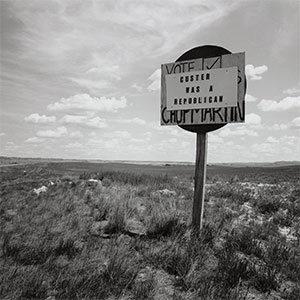
John Willis (American, b. 1957), A Reservation Response to the Presidential Campaign of 2004, Pine Ridge Reservation SD, 2004 (Detail), from the series Views from the Reservation. Gelatin silver print. Gift of Bill Press and Elana Auerbach 2020.11.10
Raúl Milián’s “Composition,” mid-to-late 20th century
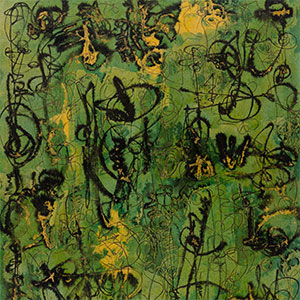
Raúl Milián (Cuban, 1914-1984), Composition, mid-to-late 20th cent. (Detail). Paper, water-based inks. Gift of the Pan American Union 1956.32.2
Lenore Tawney’s “Nest of Oracles,” 1967
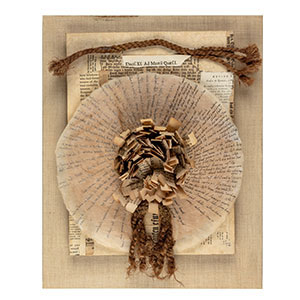
Lenore Tawney (American, 1907-2007), Nest of Oracles, 1967. Rope, parchment, antique writings. Gift of Elsa and Julian Waller 2020.16.2 © Lenore G. Tawney Foundation
